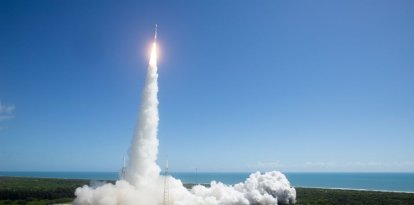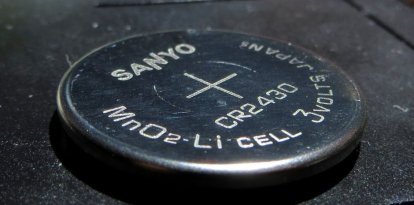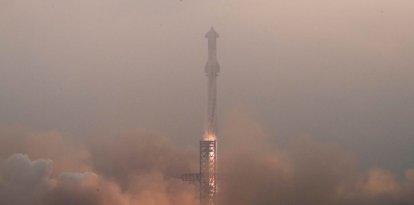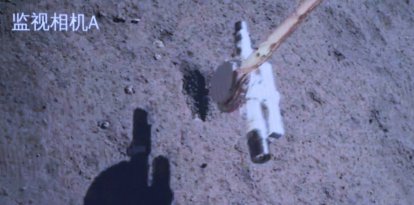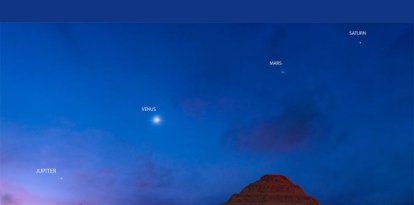James Webb telescope shows supernova remnant
Thanks to its infrared camera, NASA scientists were able to see the debris left by the star Cassiopeia A after its explosion 340 years ago.

(NASA, ESA, CSA).
The James Webb telescope continues to reveal some of the galaxy's most hidden secrets. Now it has allowed NASA scientists to appreciate a remnant from the star Cassiopeia A (Cas A).
The supernova is located 11,000 light years from Earth. It exploded 340 years ago and since then its fragments are all over the galaxy. According to the space agency it is the youngest known remnant from an exploding massive star in our galaxy.
Now, thanks to its infrared camera, the remnant can be observed by NASA scientists better than ever before. According to the lead researcher of the Webb program, Danny Milisavljevic, from Purdue University in West Lafayette (Indiana), this is a great opportunity for the scientific field:
The images, said program co-investigator Tea Temin from Princeton University (New Jersey), provide data that scientists previously didn’t have access to: "Compared to previous infrared images, we see incredible detail that we haven't been able to access before."
James Webb data may reveal "our own origin"
The James Webb images are important to the scientific community. According to NASA, they allow astronomers to better understand how galactic dust is formed.
In addition, they say, they can also expand their knowledge of how "building blocks of planets and ourselves are created.” Temim explained: "In Cas A, we can spatially resolve regions that have different gas compositions and look at what types of dust were formed in those regions."
Milisavljevin also made mention of this in the statement issued by NASA. He stated that he would spend the the rest of his career trying to understand the data obtained from the James Webb telescope: "By understanding the process of exploding stars, we’re reading our own origin story. I’m going to spend the rest of my career trying to understand what’s in this data set."














